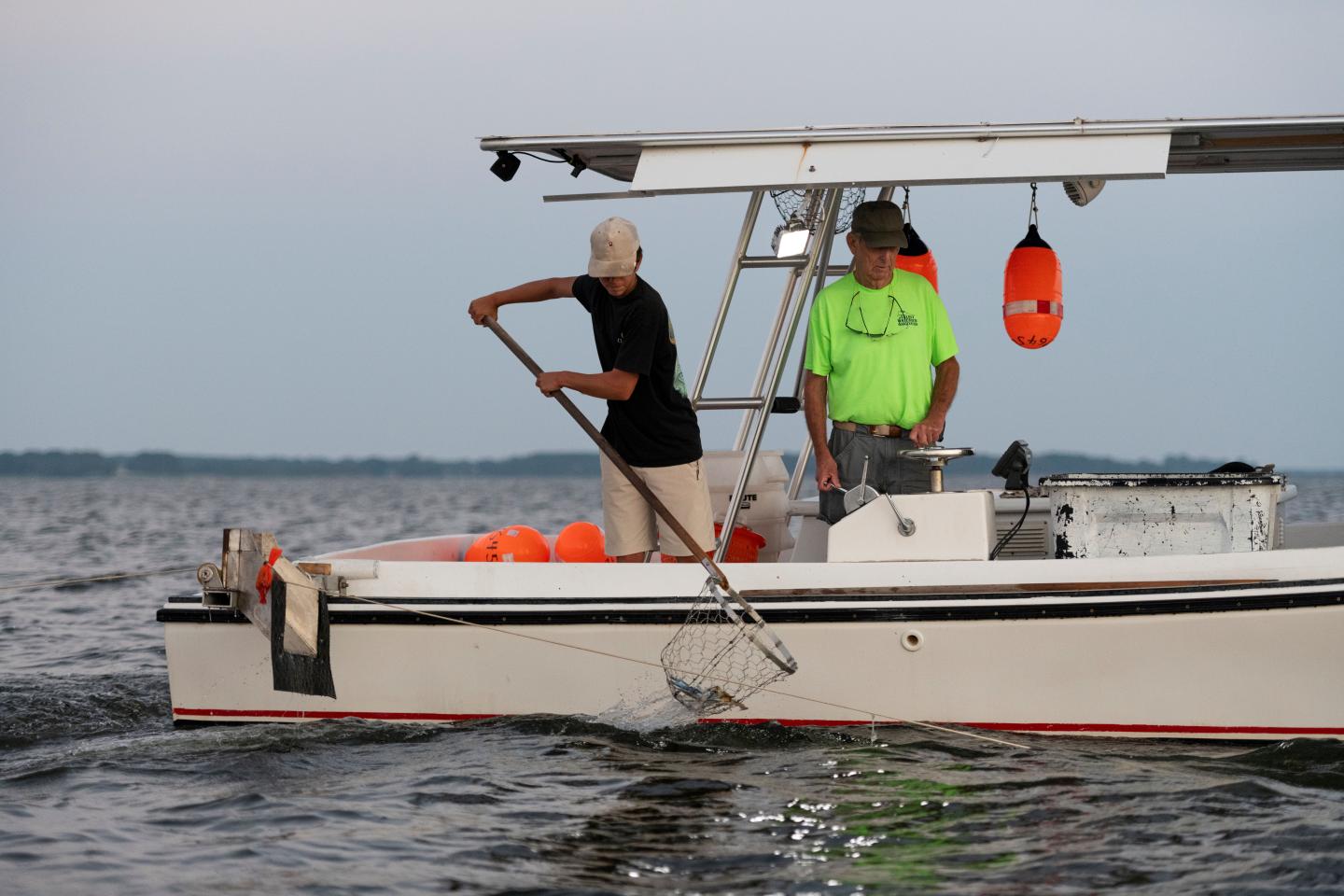
The Enduring Legacy of Watermen in St. Michaels and Tilghman Island
St. Michaels and the neighboring town Tilghman Island, Maryland, have long been synonymous with the waterman's way of life on the Eastern Shore. For generations, these communities have thrived on the bounty of the Chesapeake Bay, with crabbing and oystering serving as their livelihood.
But why do they do it? For the watermen, it's more than just about making a living. It's about honoring tradition, preserving a way of life that has sustained their communities for generations. It's about stewardship, ensuring that the bay and its precious resources will be there for future generations to enjoy.
The story of the watermen is intertwined with the history of St. Michaels, a town that has long been associated with shipbuilding and seafood processing. Shipbuilding in St. Michaels prospered from 1780 to 1820, peaking around 1810. However, after the decline of shipbuilding in the 1820s, the town's economy became more dependent on fishing and oystering.
The construction of the Chesapeake & Delaware Canal at the northern end of the Chesapeake Bay in the 1830s opened new markets for oysters and seafood, bringing a new wave of prosperity to St. Michaels. By 1880, the town's population had grown significantly, fueled by the thriving oyster business.
Businesses sprang up along the waterfront, shucking, packing, and canning oysters. The J.E. Watkins Oyster House and George Caulk's Oyster House were among the prominent establishments in town, conducting operations at Navy Point Pier and along the St. Michaels River.
In 1902, William Coulbourne and Frederick Jewett, African American entrepreneurs, established a seafood packing house on Navy Point. Originally focused on processing fish, the company eventually specialized in crab and crab meat. Jewett's method of grading crab meat became an industry standard, still used today.
By 1955, St. Michaels boasted three seafood companies, including Bivalve Oyster Company, Coulborne and Jewett, and Harrison and Jarboe. These companies were instrumental in producing shucked oysters and fresh-cooked crab meat, contributing to the town's thriving seafood industry and main resource for the United States.
The watermen of St. Michaels and Tilghman Island, with their steadfast dedication to their craft, have helped shape the identity of these communities, preserving a way of life that is deeply rooted in the rich maritime heritage of the Chesapeake Bay.


